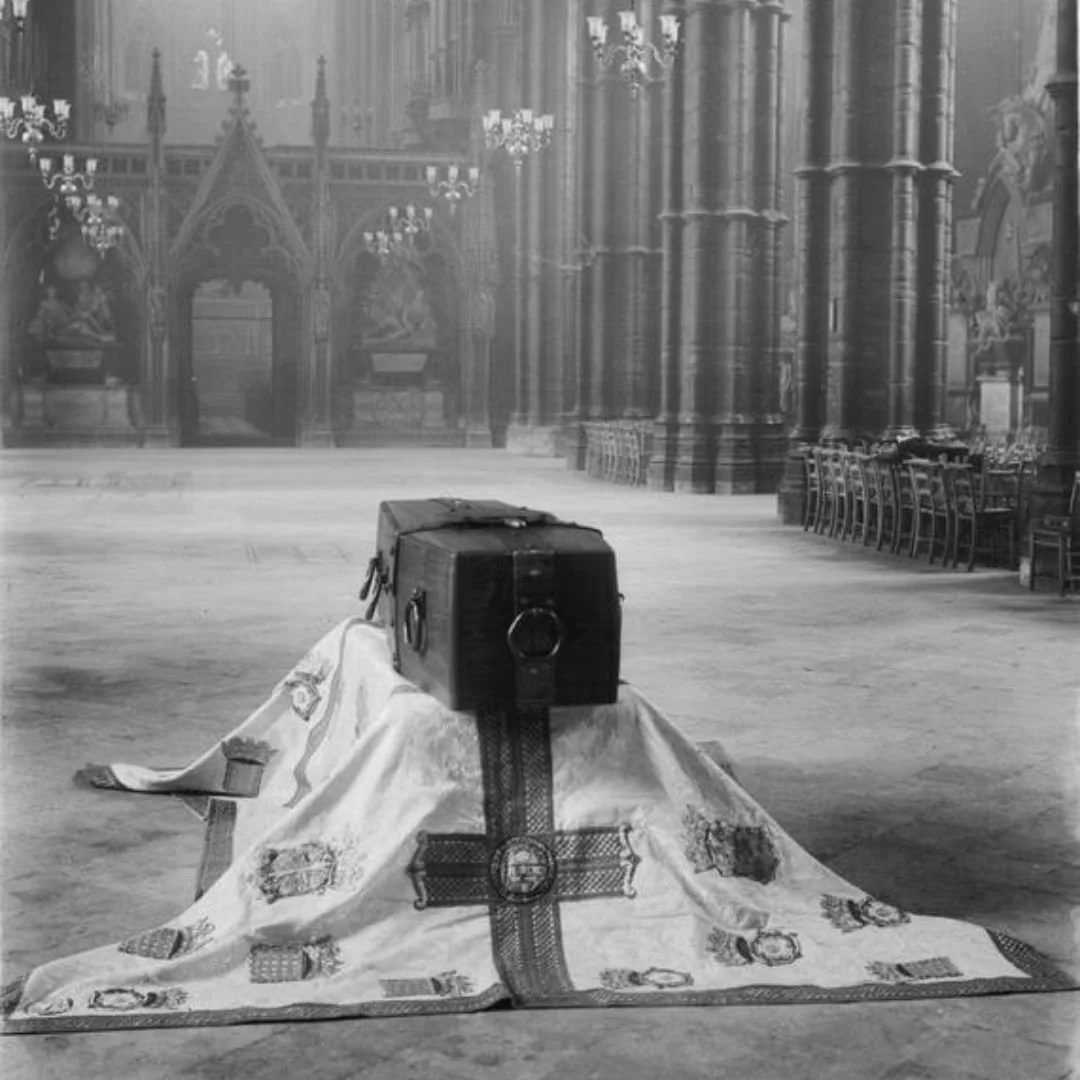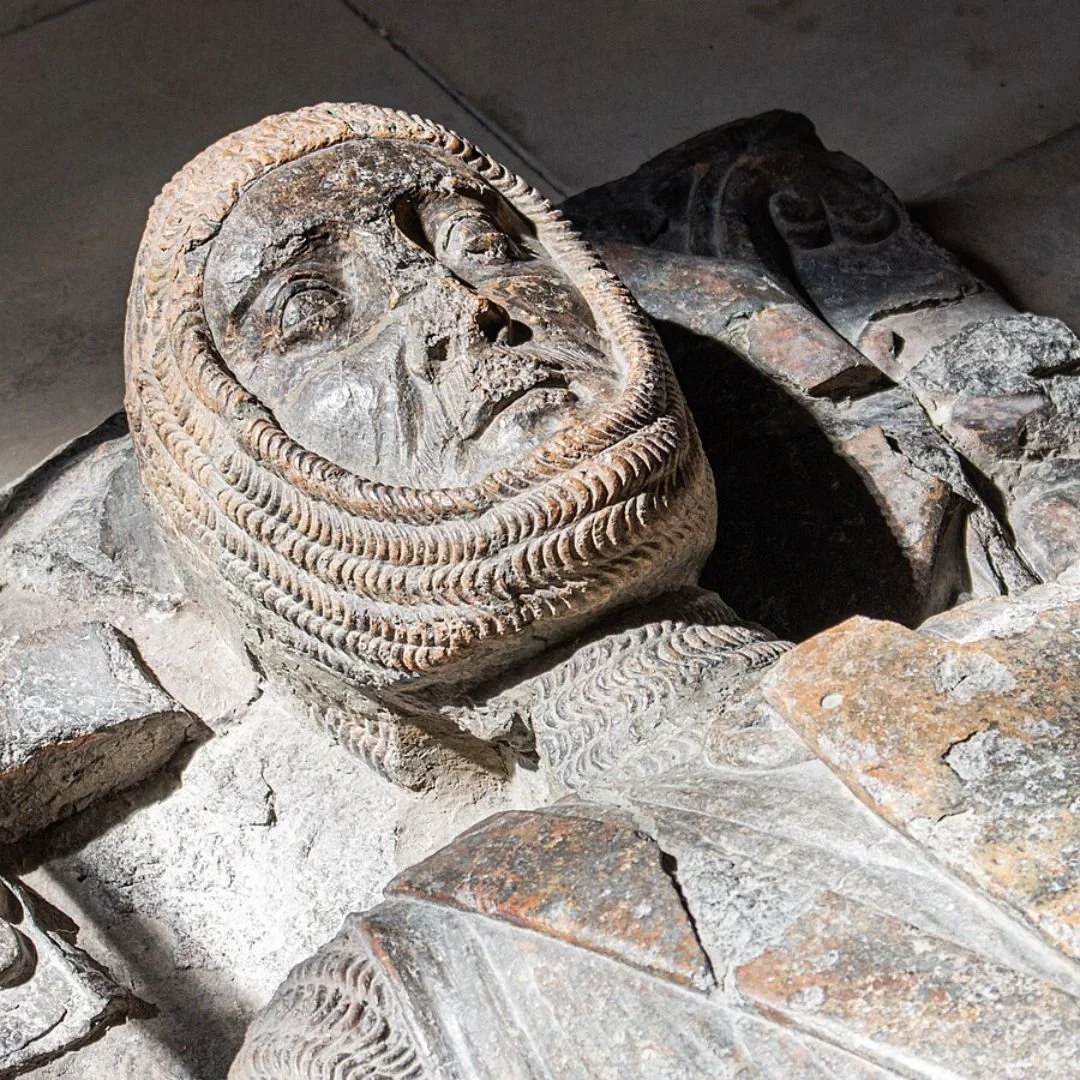Porters Rest: The Only One Remaining In London
The Grade II listed Porters Rest in London consists of a wooden bench mounted on two cast iron columns, positioned at the edge of the pavement on the south side of the road.
Its location is in the City of Westminster and is towards the western end of the street called Piccadilly, near the underpass.
It is believed to be the last one surviving in London.
However, the structure standing today is a replica, which was installed after the original, built in 1861, mysteriously disappeared 10 years ago.
Porters rests were once ubiquitous in London, situated along the main arteries leading to the heart of the city.
These resting spots were frequented by porters, who typically bore loads on their backs destined for sale in one of London's bustling markets.
The rest was used by porters to take a short break from the weight of their load by resting it on the wooden bench.
The bench saved them the effort of putting the heavy load on the ground and then having to reach down to pull it up and place it back on their shoulders.
During the medieval period, London was a thriving hub of economic activity, with merchants from all over Europe converging on the city to buy, sell, and trade goods.
To facilitate this trade, a network of porters emerged to transport goods from warehouses, markets, and docks to their final destinations.
Porters were essential workers in medieval London, responsible for carrying heavy loads of goods on their backs or using carts and wagons to transport larger items.
These labourers played a crucial role in the functioning of the city's economy, ensuring that goods reached their intended recipients in a timely manner.
However, the life of a porter was not easy.
They often worked long hours in difficult conditions, carrying heavy loads through crowded streets and narrow alleyways.
Despite the challenges they faced, porters were highly respected within their communities and formed tight-knit networks to support one another.
Porters Rest served as a vital resource for these hardworking individuals, providing them with a place to rest, socialise, and seek refuge from the rigors of their work.
It was a meeting point where porters could exchange news and gossip, share stories of their travels, and seek assistance or advice from their peers.
The Porters Rest in Westminster, the last one surviving in London, has engraved words on it explaining why it was built.
It says: ‘At The Suggestion of R.A. Slaney Esq.
’Who For 20 Years Represented Shrewsbury In Parliament, This Porter’s Rest Was Erected In 1861 By The Vestry Of St. George Hanover Square For The Benefit Of Porters And Others Carrying Burdens.’
By the second half of the 19th century, the trade was in decline with the introduction of the penny post in 1840 and railway companies employing their own porters.
The mysterious removal in 2015
In 2015, observers noted the disappearance of this fragment of London's history.
While the subtitle might evoke a Sherlock Holmes tale, the vanishing act was a genuine concern, leaving many puzzled about the fate of the rest.
As per Westminster Council planning records, an application was filed in 2013 to dismantle the rest after an 'internally generated' complaint regarding the historic structure, citing it as a 'general nuisance'.
However, the Council asserts ignorance regarding the identity of the remover. The prevailing theory within the Council is that it was stolen.
The positive development emerged when Westminster Council responded to a petition by deciding to recreate the rest.
On May 16, 2016, the official unveiling of the replica Porter’s Rest took place, led by Simon Kenyon-Slaney, the great-great-grandson of R.A. Slaney MP, who initially commissioned the original structure.
Joining Kenyon-Slaney was Cllr Robert Davis MBE, Deputy Leader of Westminster City Council, who expressed pride in the council's role in preserving this significant aspect of London's heritage.
He emphasised the importance of reinstating the piece for residents and visitors to appreciate, highlighting its uniqueness within Westminster's historical landscape.
Cllr Davis also celebrated the occasion by unveiling a new plaque, symbolising R.A. Slaney MP's enduring contribution to the city's collective history.
While the resolution in this instance is satisfactory, the disappearance of this artefact without anyone's knowledge raises concerns.
It prompts reflection on the vulnerability of other distinctive urban features, such as rare lamp-posts or unique street bollards, abundant throughout London.
These treasures could potentially become targets for similar acts of theft or vandalism, prompting vigilance in preserving the city's heritage.
Reacting to the historic photos on social media, someone said: “An extraordinarily thoughtful piece of street furniture. Who would've expected such a thing at such a time?”
Another person added: “This is the stuff that we would just not have known about, a great bit of history, love it!”
In 1987, the original structure was officially Grade 2 listed by English Heritage.
Grade II listed structures are subject to regulations which protect their historical and architectural significance.
These are of special interest, meaning alterations and building work can't be carried out without written consent from the relevant authorities.
If you’d like to visit this replica in London, the last remaining of its kind, walk towards the western end of the street called Piccadilly, near the underpass.
There’s no barriers or protection around it, so you can get right up close.
If you enjoyed this blog post, please follow Exploring GB on Facebook for daily travel content and inspiration.
Dont forget to check out our latest blog posts below!
Thank you for visiting Exploring GB.





















